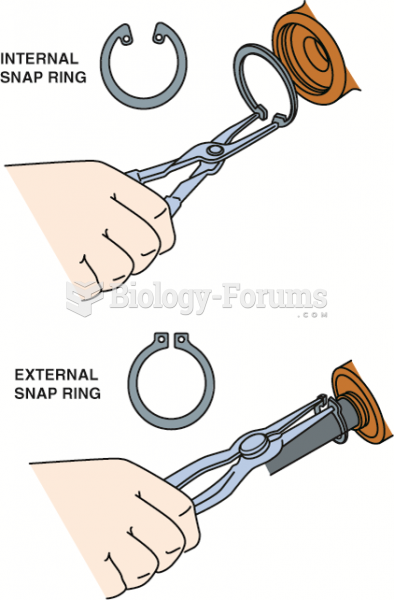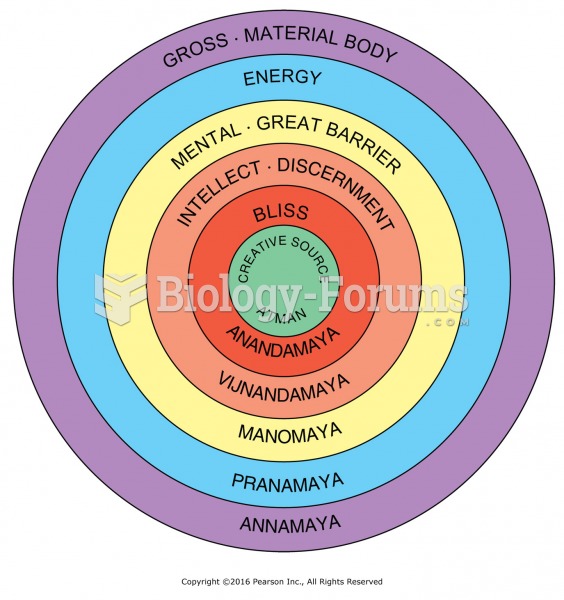Answer to Question 1
Correct Answer: 4
Rationale 1: It consists of 50 percent cholesterol is incorrect because LDL (low-density lipoprotein) contains almost 50 percent cholesterol.
Rationale 2: It synthesizes other steroids is incorrect because it is made by the liver, then is transported to tissues and organs where it is used to build plasma membranes or synthesizes other steroids. Once in the tissues, LDL can be stored for later use.
Rationale 3: It is stored in the tissues is incorrect because it is made by the liver, then is transported to tissues and organs where it is used to build plasma membranes or synthesizes other steroids. Once in the tissues, LDL can be stored for later use.
Rationale 4: Storage of cholesterol in the lining of the blood vessels is not desirable because it contributes to plaque buildup. Because of this, high amounts of LDL significantly increase the risk of coronary heart disease and other cardiovascular disease.
Global Rationale: Storage of cholesterol in the lining of the blood vessels is not desirable because it contributes to plaque buildup. Because of this, high amounts of LDL significantly increase the risk of coronary heart disease and other cardiovascular disease. It consists of 50 percent cholesterol is incorrect because LDL (low-density lipoprotein) contains almost 50 percent cholesterol. It synthesizes other steroids is incorrect because it is made by the liver, then is transported to tissues and organs where it is used to build plasma membranes or synthesizes other steroids. Once in the tissues, LDL can be stored for later use. It is stored in the tissues is incorrect because it is made by the liver, then is transported to tissues and organs where it is used to build plasma membranes or synthesizes other steroids. Once in the tissues, LDL can be stored for later use.
Answer to Question 2
Correct Answer: 3
Rationale 1: As HDL is incorrect because high-density lipoprotein (HDL) picks up cholesterol in the blood and other tissues and returns it to the liver where it is used to make bile. Bile is essential for the digestion of lipids. The cholesterol component of bile is then excreted in the feces, though some may be reabsorbed back into the circulation. Excretion via bile is the only route the body uses to remove cholesterol.
Rationale 2: Through the kidneys is incorrect because the liver is the organ of excretion.
Rationale 3: High-density lipoprotein (HDL) picks up cholesterol in the blood and other tissues and returns it to the liver where it is used to make bile. Bile is essential for the digestion of lipids. The cholesterol component of bile is then excreted in the feces, though some may be reabsorbed back into the circulation. Excretion via bile is the only route the body uses to remove cholesterol.
Rationale 4: In feces is incorrect because high-density lipoprotein (HDL) picks up cholesterol in the blood and other tissues and returns it to the liver where it is used to make bile. Bile is essential for the digestion of lipids. The cholesterol component of bile is then excreted in the feces, though some may be reabsorbed back into the circulation. Excretion via bile is the only route the body uses to remove cholesterol.
Global Rationale: High-density lipoprotein (HDL) picks up cholesterol in the blood and other tissues and returns it to the liver where it is used to make bile. Bile is essential for the digestion of lipids. The cholesterol component of bile is then excreted in the feces, though some may be reabsorbed back into the circulation. Excretion via bile is the only route the body uses to remove cholesterol. Through the kidneys is incorrect because the liver is the organ of excretion.







